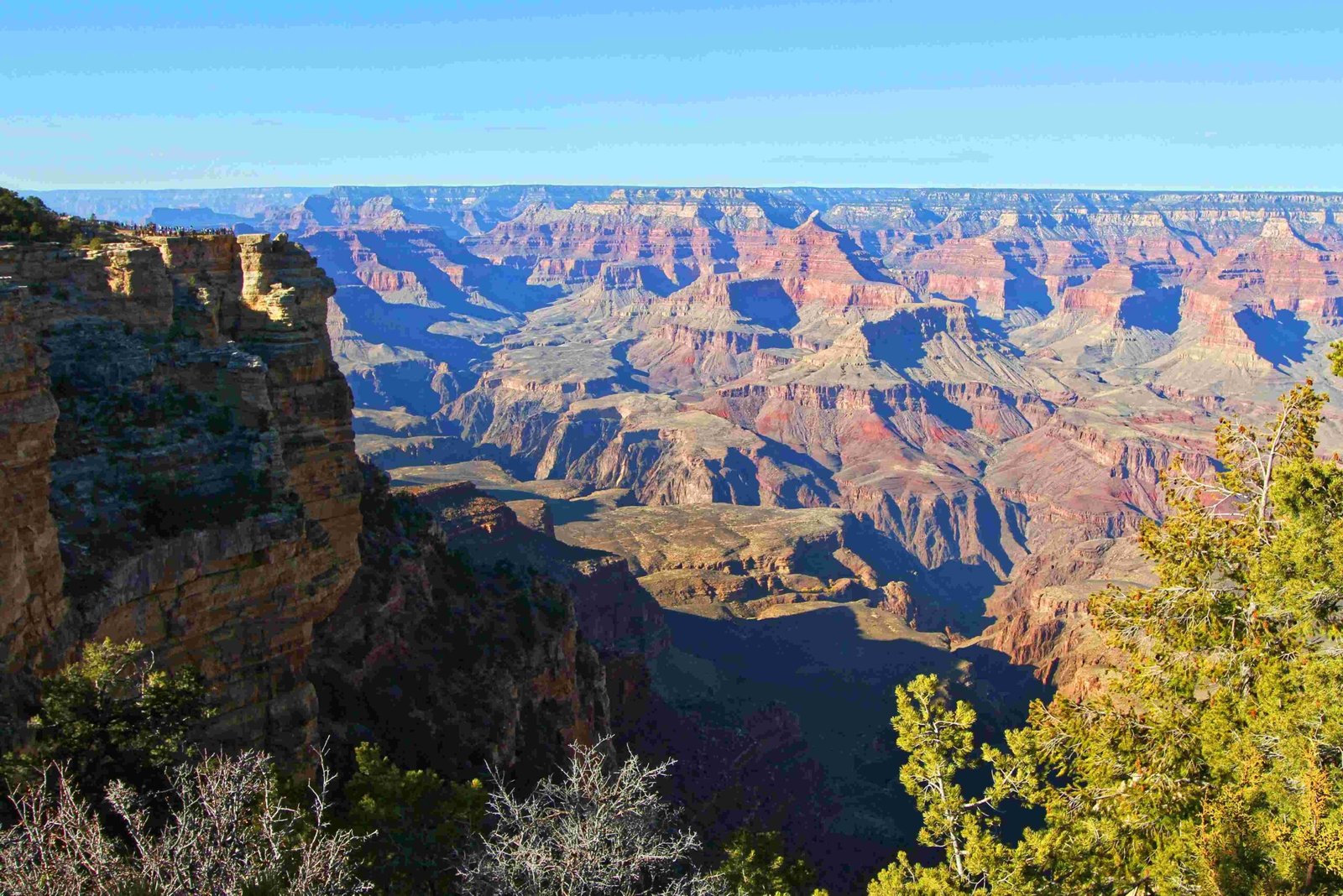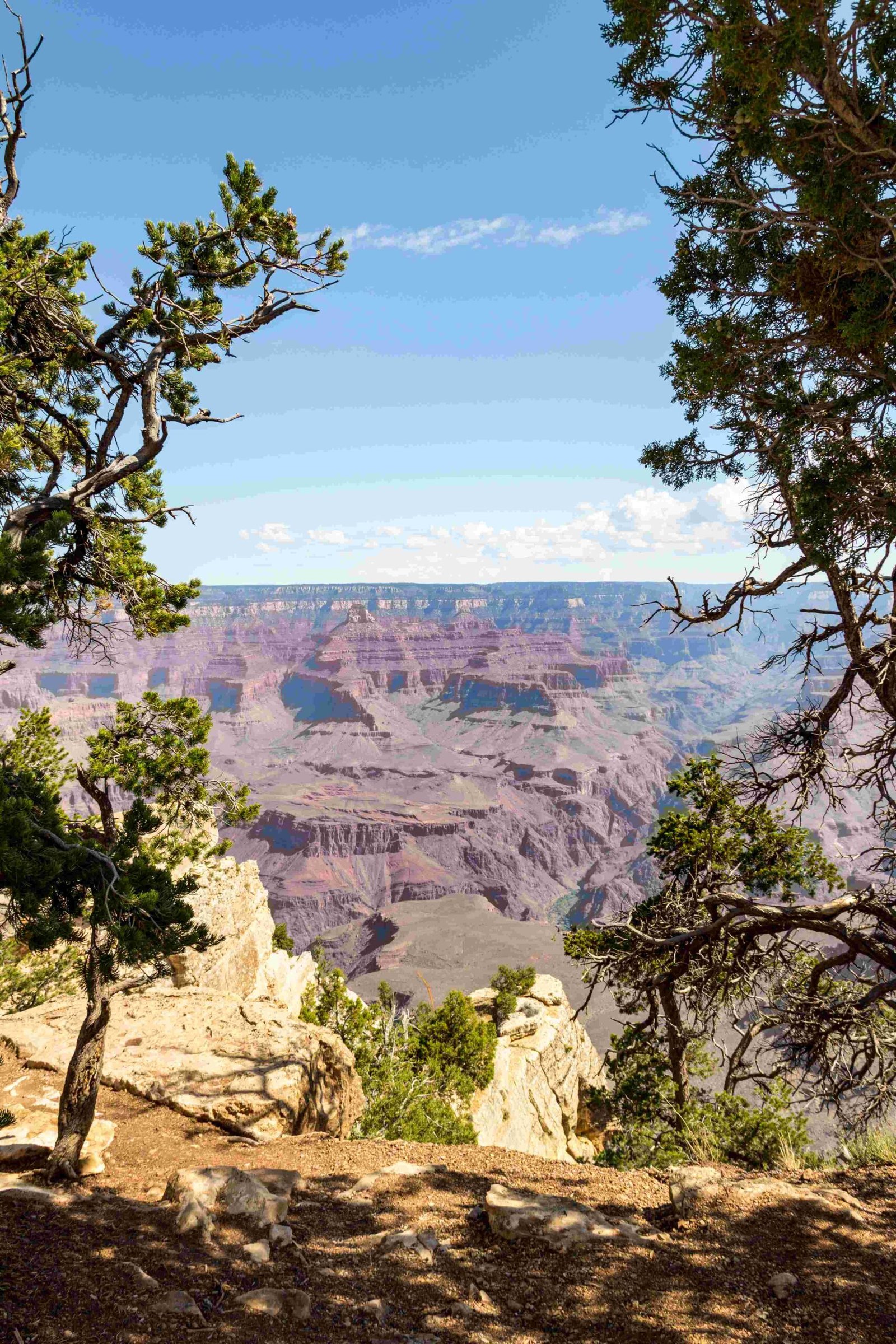The Grand Canyon represents an extraordinary geological phenomenon, plunging an impressive 6,093 feet at its deepest point. This massive chasm, carved by the relentless Colorado River over millions of years, showcases a remarkable depth that challenges human imagination and reveals Earth’s complex geological history. Its profound vertical dimensions make it one of the most significant natural formations in North America, offering visitors a breathtaking glimpse into the planet’s transformative processes.
How Deep is the Grand Canyon?

The Grand Canyon reaches a maximum depth of 6,093 feet (1,857 meters), which is equivalent to stacking more than 12 Statues of Liberty vertically. This immense depth is not uniform throughout the canyon, varying based on geological formations and erosion patterns.
Comparative Depth Analysis
| Canyon | Maximum Depth | Location |
|---|---|---|
| Grand Canyon | 6,093 feet | Arizona, USA |
| Yarlung Tsangpo Canyon | 17,567 feet | Himalayas, Tibet |
| Cotahuasi Canyon | 11,488 feet | Peru |
What Geological Processes Create Such Depth?

The Grand Canyon’s remarkable depth results from several interconnected geological processes:
- Erosive Power of Colorado River
- Continuous water flow for approximately 5-6 million years
- Gradual rock removal through hydraulic action
-
Sediment transportation and canyon widening
-
Tectonic Uplift
- Colorado Plateau’s vertical elevation
- Increased river gradient
-
Enhanced erosion potential
-
Rock Layer Composition
- Varied sedimentary rock types
- Different erosion resistance
- Exposure of ancient geological strata
How Does Depth Impact Ecosystem?
The canyon’s profound depth creates multiple ecological zones:
- Rim Environments
- Pinyon-juniper woodlands
- Alpine vegetation
-
Temperature ranges 20-30°F cooler than canyon floor
-
Mid-Slope Regions
- Transitional plant communities
- Diverse wildlife habitats
-
Unique microclimate conditions
-
Canyon Floor
- Riparian ecosystems
- Desert-adapted species
- Significantly warmer temperatures
Why is Grand Canyon’s Depth Significant?
The canyon’s depth offers unprecedented scientific insights:
- Exposes nearly 2 billion years of geological history
- Provides research opportunities for geologists
- Demonstrates long-term planetary transformation processes
- Serves as a natural laboratory for understanding landscape evolution
Visitor Perspectives on Canyon Depth
Visitors experience the canyon’s depth through:
- Hiking trails descending thousands of feet
- Mule rides exploring vertical terrain
- Helicopter tours revealing comprehensive depth perspectives
- Geological interpretive programs explaining formation processes
Recommended Viewing Locations
- Yavapai Observation Station
- Bright Angel Trail Viewpoints
- Desert View Watchtower
- North Rim Overlooks
Safety Considerations for Depth Exploration
- Carry sufficient water
- Use appropriate hiking gear
- Follow marked trails
- Be aware of altitude and temperature variations
- Consult park rangers for current conditions
Depth-Related Visitor Tips
| Tip | Description | Importance |
|---|---|---|
| Hydration | Carry 1 gallon water per person | Critical |
| Fitness Level | Assess personal hiking capabilities | Essential |
| Weather Preparation | Check temperature variations | Recommended |
| Guided Tours | Consider professional expedition support | Advised |
The Grand Canyon’s depth is not merely a measurement but a testament to Earth’s dynamic geological processes, offering an unparalleled window into our planet’s transformative history.
